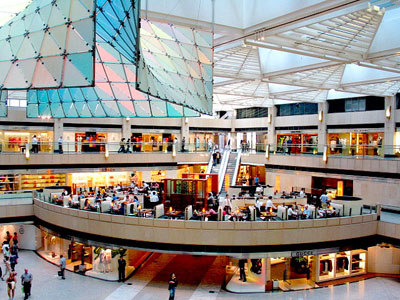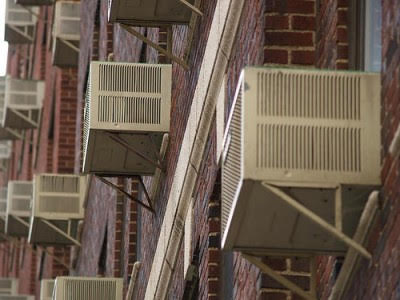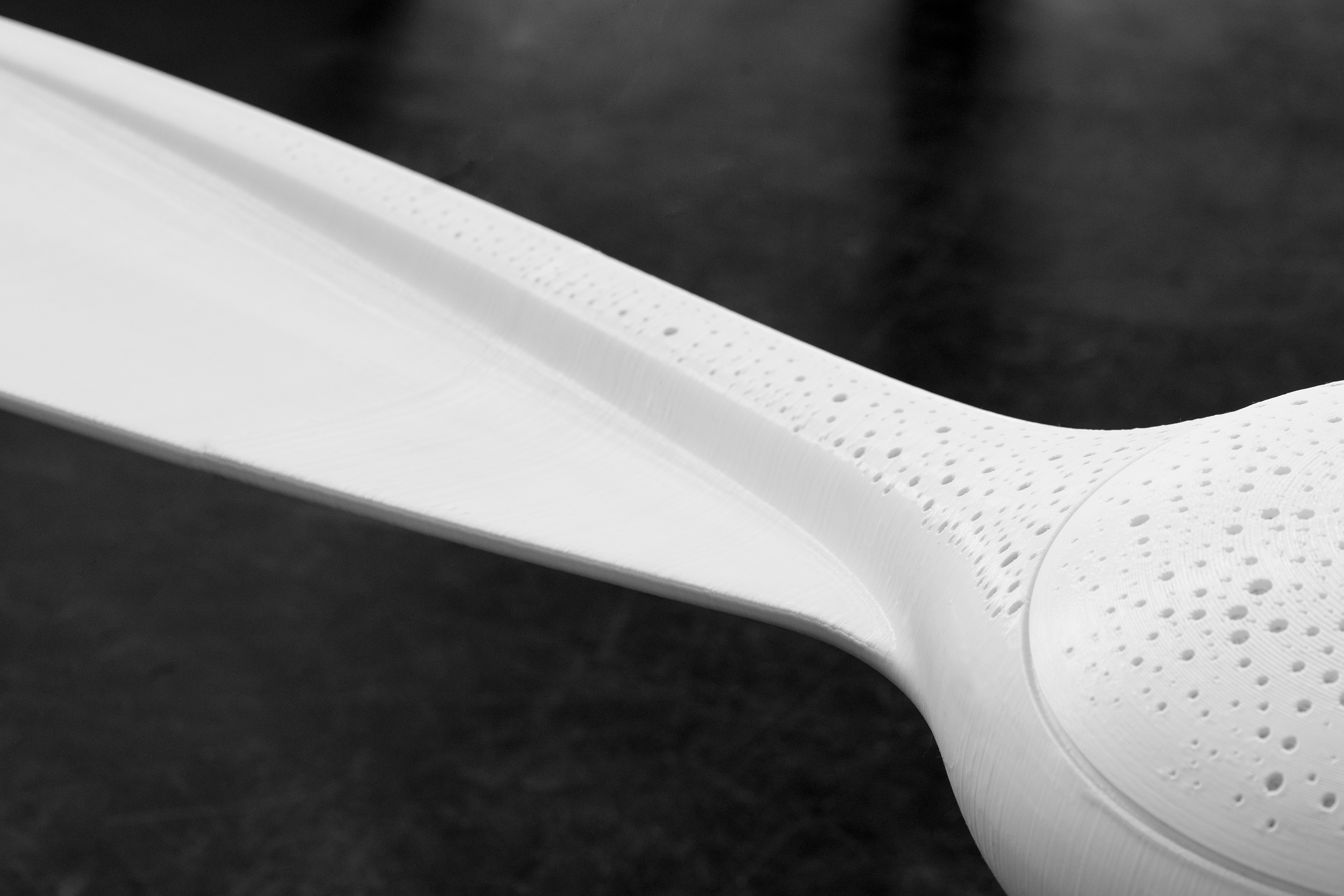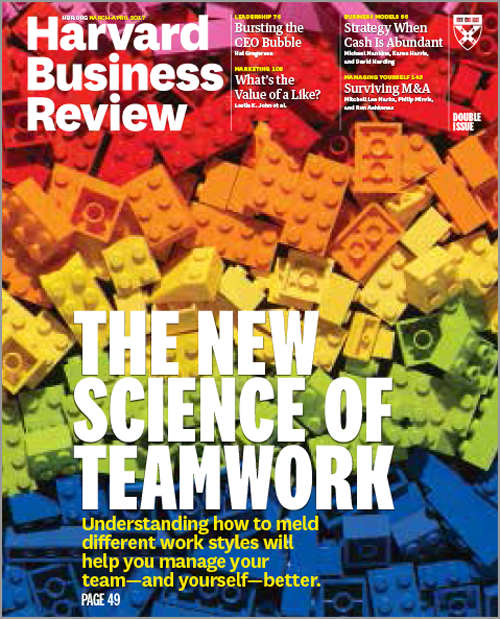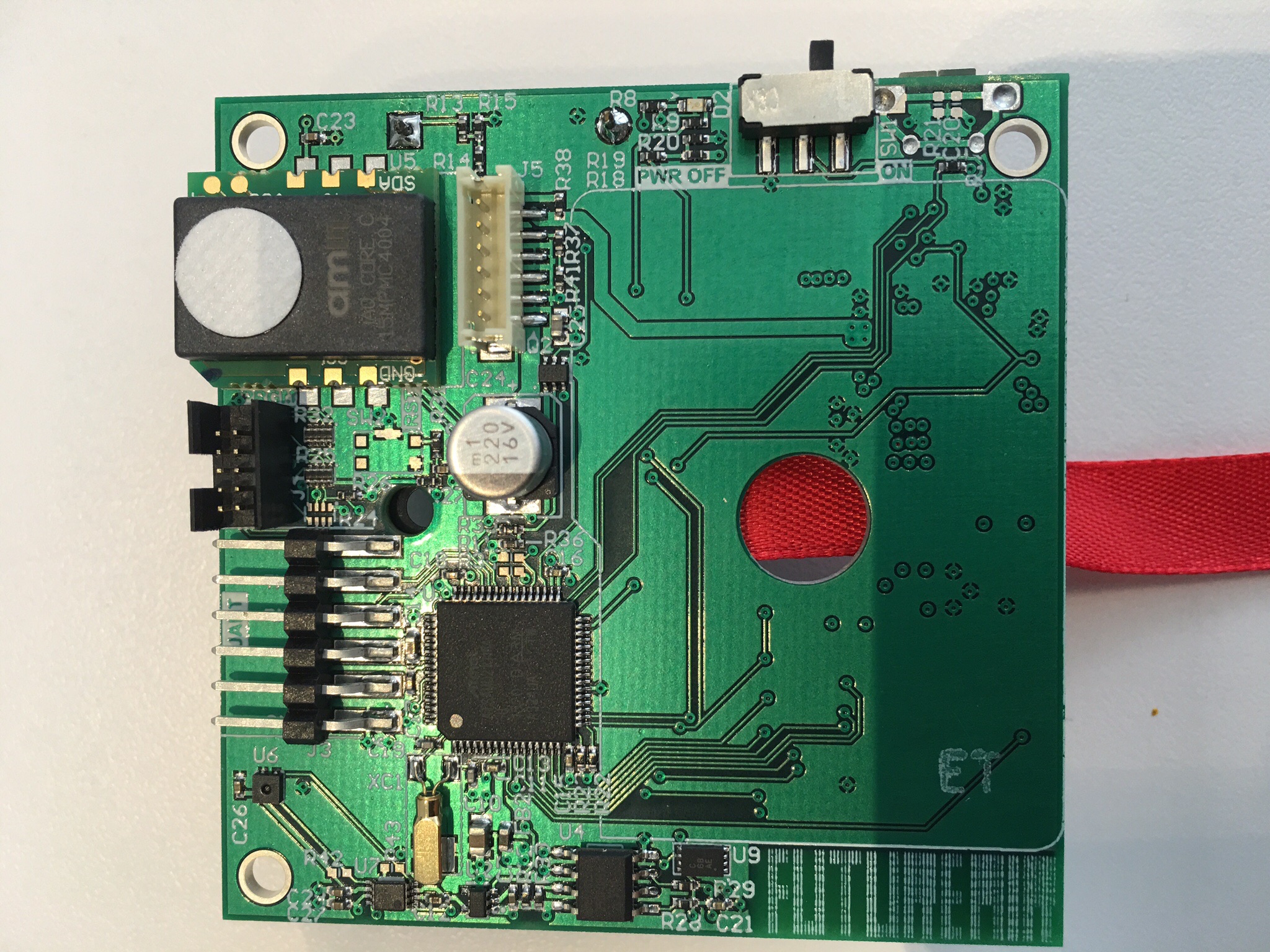Harvard Study shows a link between cognitive functioning and indoor air quality in office environments
The Harvard study “Associations of Cognitive Function Scores with Carbon Dioxide, Ventilation, and Volatile Organic Compound Exposures in Office Workers: A Controlled Exposure Study of Green and Conventional Office Environments” outlines the relationship between indoor air composition and cognitive function. Unlike various other biased studies done on indoor air quality, where test subjects were often told of the poor air quality before taking or participating in the experiment, Joseph G. Allen and his team designed their experiment to be as fair as possible, citing their goal to “objectively quantify the impact of indoor environment on higher order cognitive function.”
Allen and his team ran an experiment that isolated the effects of poor indoor air quality on office workers, using the Strategic Management Simulation (SMS) computer-based cognitive test, two identical office spaces, and different kinds of air pollutants. When introducing participants to the study, it was essential that Allen and his team not reveal the status of the indoor environment, as it might influence the subjects’ behavior. The participant pool was comprised of 24 professional-grade employees who were instructed to arrive at 9 a.m. on 3 specific days for two consecutive weeks. Participants were encouraged to perform their usual work until 3 p.m., when they would be given the SMS test. Behind the scenes, however, Allen and his team were artificially controlling the levels of outdoor air, CO2, and VOCs in the offices. Air movement throughout the office was kept constant at 40 cfm/person, but the amount of outdoor air flowing through the ventilation system, CO2, and VOCs were variable and manipulated throughout the test.
Allen and his team used different amounts of outdoor air, CO2, and VOCs for each of the days, experimenting with “Conventional” office levels, “Green” office levels, and optimal concentrations they called “Green+” office levels.
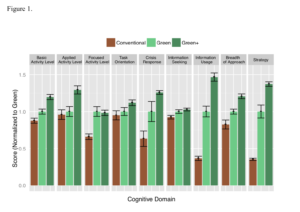
Since the SMS test could be objectively scored with a numeric value, Allen and his team were able to normalize the scores across the test sections into coherent charts. As shown in the graph, tests taken in the “Conventional” office environment were consistently the lowest in every category. The largest differences between the “Conventional” and the other, more optimal office settings can be seen in the categories, “Crisis Response,” “Information Seeking,” and “Strategy.” Allen and his team confirmed that the results of five of the nine total functions tested in the SMS were statistically significant.
The results, while not conclusive, do demonstrate a correlation between certain cognitive functions and the environment in which one works. Studies such as this one are useful because they help make lesser known issues like indoor air quality more mainstream in the scientific community, which increases the chance that future studies will come up with a solution that ends the problem.
Written by Ryo Shimada for FutureAir.





